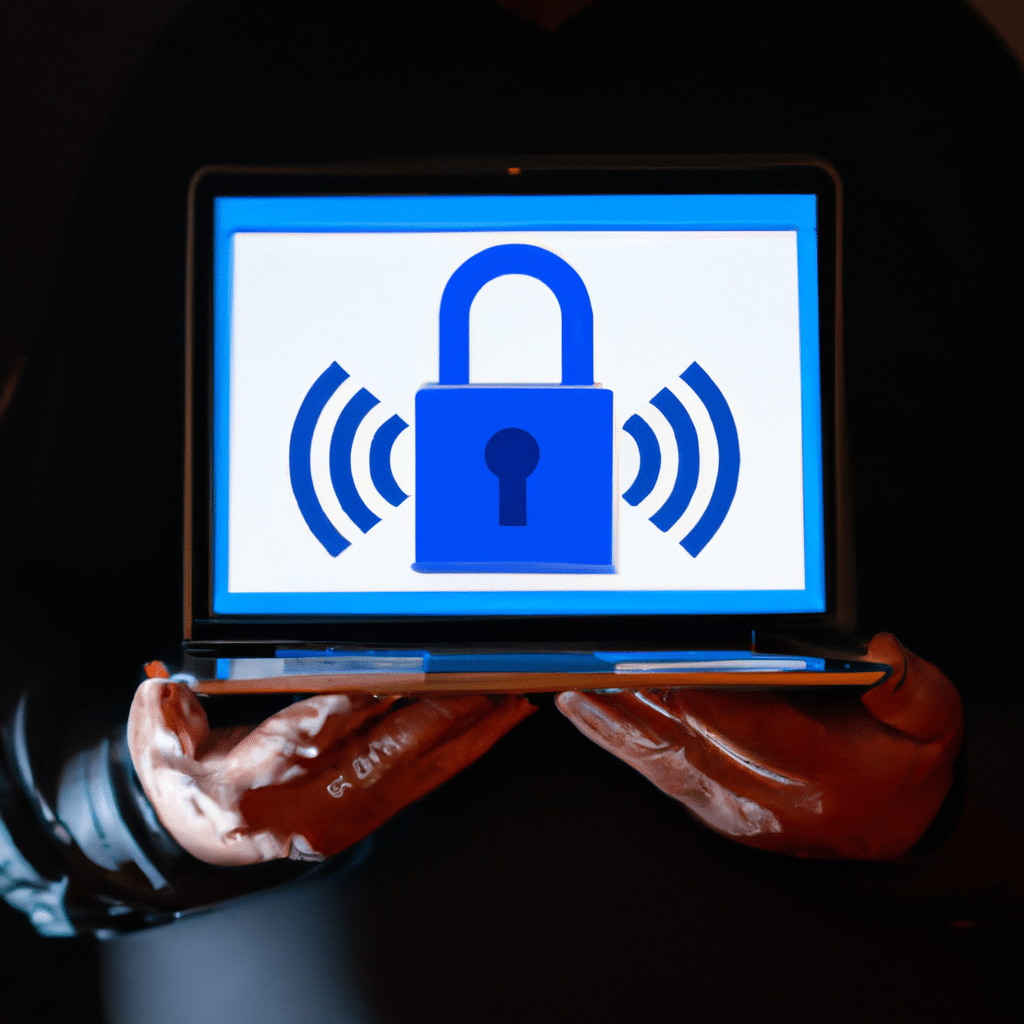In today’s digital age, Wi-Fi networks have become an essential part of any company’s infrastructure. They provide seamless connectivity and enable employees to work from anywhere, at any time. However, with the convenience of Wi-Fi comes the risk of security breaches, making it crucial for companies to secure their Wi-Fi networks.

In this article, we will discuss some of the best practices to secure your company’s Wi-Fi network and prevent unauthorized access.
Assess Your Current Wi-Fi Security
Before implementing any security measures, it is important to assess your current Wi-Fi security. This involves identifying any vulnerabilities or weaknesses in your network that could be exploited by hackers.
Start by reviewing your current Wi-Fi configuration settings, such as the network name (SSID), password, and encryption methods. Ensure that your network name doesn’t reveal any sensitive information about your company or the type of network you’re using.
Next, check your encryption method and make sure it is set to WPA2, which is currently the most secure encryption method available. If you’re still using WEP or WPA, it’s time to upgrade your security.
Implement Strong Password Policies
One of the simplest yet most effective ways to secure your company’s Wi-Fi network is to implement strong password policies. Passwords should be long, complex, and unique to each user.
Consider using a password manager to generate and store secure passwords. This will eliminate the need for employees to remember complex passwords, reducing the risk of weak passwords or password reuse.
Furthermore, it is important to change passwords frequently and ensure that former employees no longer have access to the network.
Secure Your Router
The router is the gateway to your Wi-Fi network, and securing it is crucial to prevent unauthorized access.
Start by changing your router’s default login credentials, which are often publicly available online. Use a strong password that is unique to your router and change it frequently.
Additionally, disable remote management features on your router, which allows access from outside your network. This will reduce the risk of unauthorized access to your router’s settings.
Segment Your Network
Segmenting your network involves creating separate sub-networks for different groups of users or devices. This allows you to restrict access to sensitive data and reduce the risk of a single point of failure.
Consider segmenting your network into three zones: a guest network, a corporate network, and a network for IoT devices. This will provide different levels of access to different groups of users and devices.
Implement Network Monitoring
Network monitoring involves tracking network activity to detect and respond to security threats. This can be done using software or hardware solutions that monitor network traffic and alert you to any suspicious activity.
Consider implementing a network monitoring system to detect and prevent security breaches. This will enable you to identify potential threats before they can cause harm to your network.
Keep Your Software Up to Date
Keeping your software up to date is crucial to prevent security vulnerabilities. This includes your router firmware, operating systems, and software applications.
Set up automatic updates to ensure that your software is always up to date, and regularly check for any security patches or updates that need to be installed.
Conclusion
Securing your company’s Wi-Fi network is crucial to prevent unauthorized access and protect sensitive data. By implementing strong password policies, securing your router, segmenting your network, implementing network monitoring, keeping your software up to date, and assessing your current Wi-Fi security, you can reduce the risk of security breaches and keep your network safe and secure.












